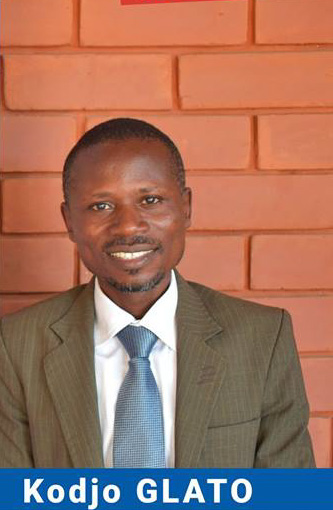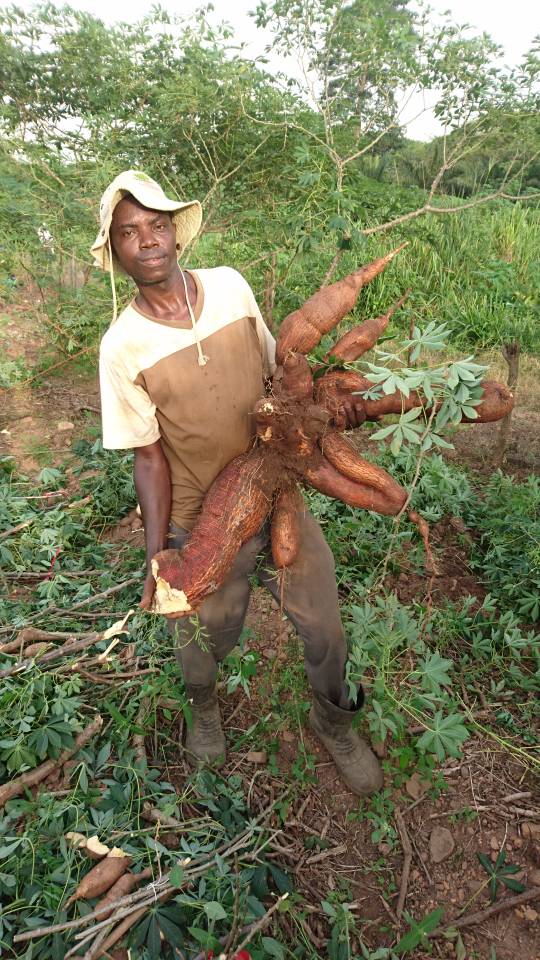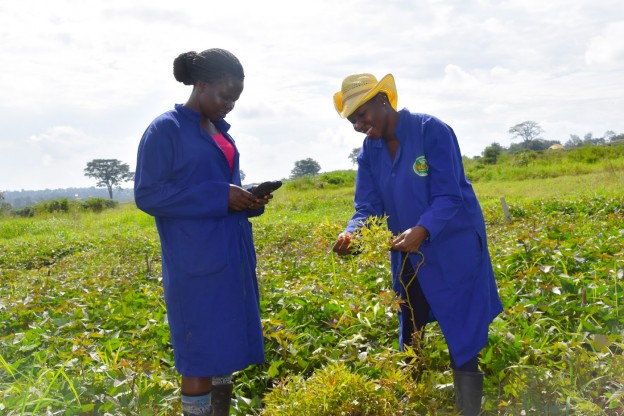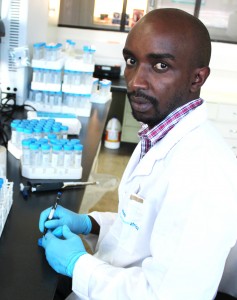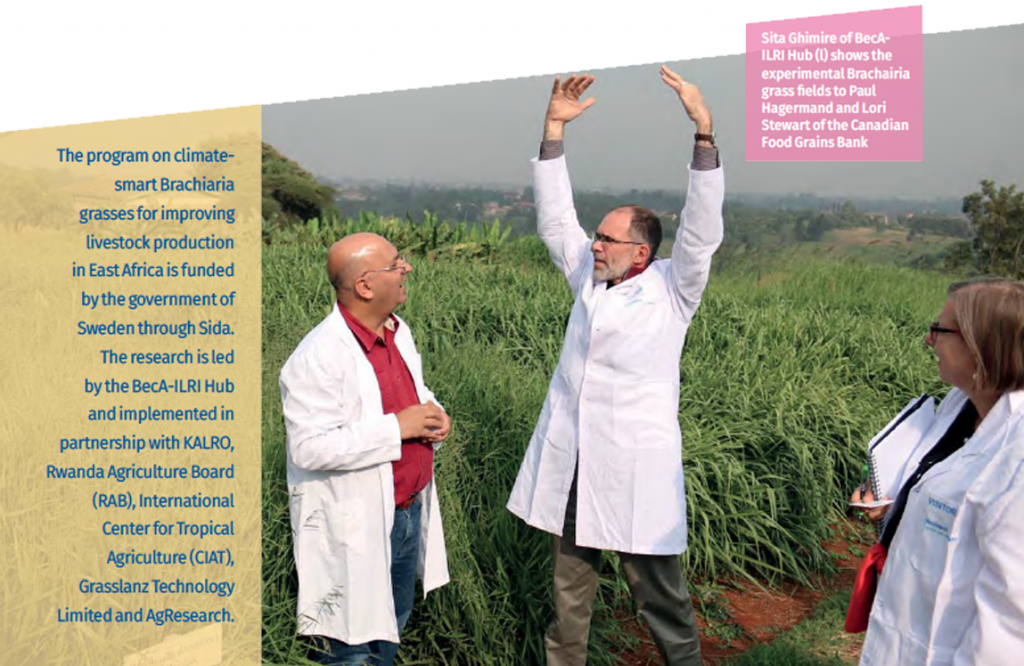Kodjo
The International Livestock Research Institute (ILRI) and Biosciences eastern and central Africa (BecA)-ILRI Hub express their profound sympathy to all those who were bereaved when their family members, friends or colleagues tragically lost their lives in the Ethiopian Airlines crash on Sunday, 10 March 2019.
A Togolese national,
Dr Glato was a biotechnologist
and plant physiologist working on agricultural genetic diversity and
smallholder farming practices associated with sweetpotato cultivation. He
received his PhD in 2015 from the University of Lomé.
Staff and partners at the
BecA-ILRI Hub knew him as a hardworking, affable and dedicated young
professional. He was part of a new generation of scientists contributing to
Togo’s agricultural development.
Kodjo
Glato inspired many with his drive and tenacity. He was known to take on
challenges with monumental zeal. His passion for the smallholder farmer will be
badly missed. May he rest in peace.
—Jacob Mignouna, director of the BecA-ILRI Hub
It
is always sad to lose a colleague suddenly. But to lose a colleague at the very
start of his career, with so much left to contribute, is a tragedy.
—Jimmy Smith, director general of ILRI
‘On behalf of ILRI’, Jimmy Smith
said, ‘we extend our deepest condolences to Kodjo Glato’s family, friends and
colleagues as well as to all those who lost colleagues, friends and loved ones
on flight ET302.’
